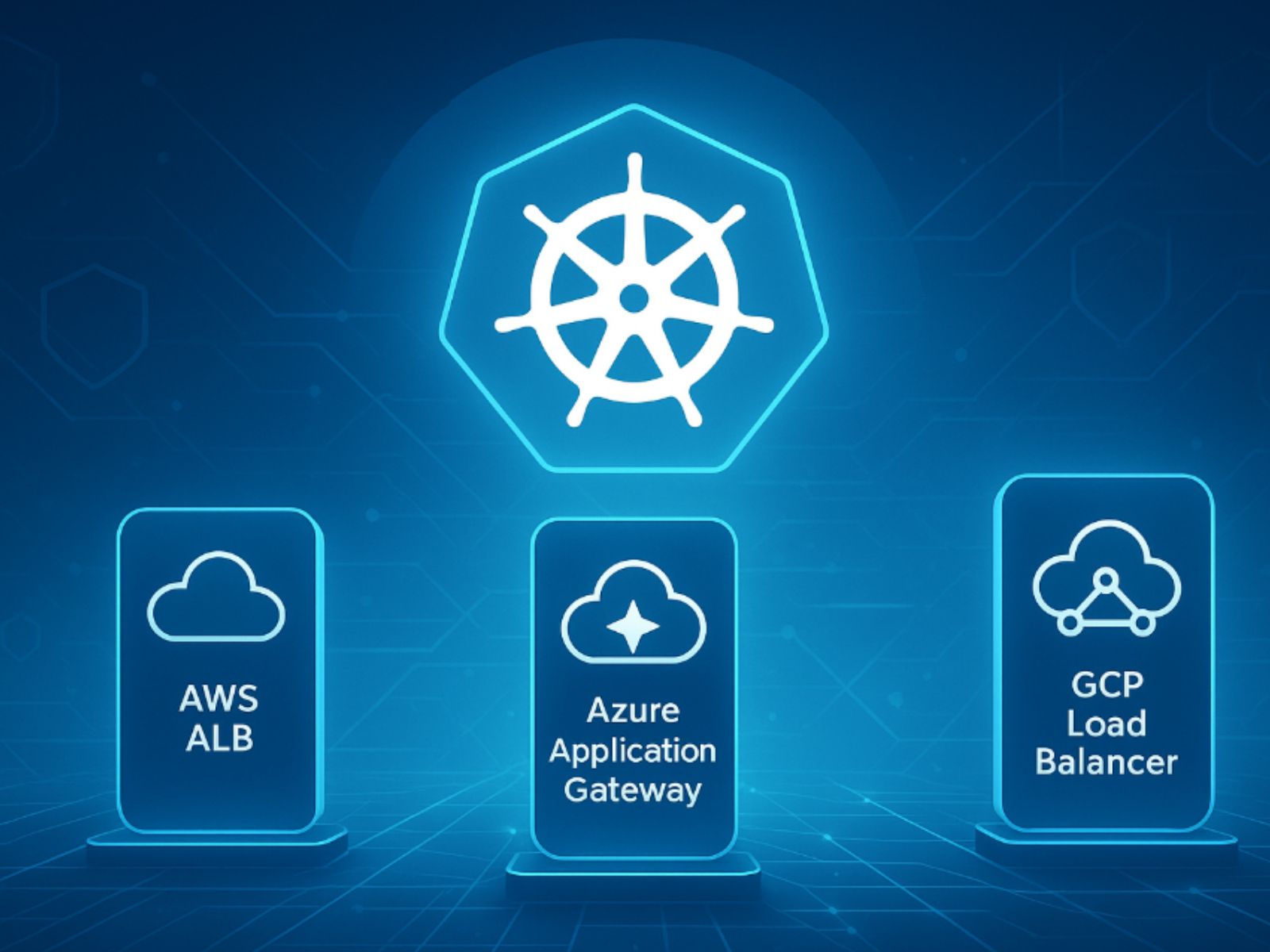Cloud infrastructure is designed to enable easy setup and rapid usability, enabling access to enable powerful Internet facing services with a few clicks. While this is beneficial for agility, it is challenging for companies to ensure information is accessible to authorised parties only. If your organisation is using cloud-based infrastructure, you need to be aware of how simple misconfiguration or cloud security oversights exposes your cloud-based resources to attackers.
While cloud infrastructure like Amazon Web Services (AWS) is secure, the shared security model increases the chances of data security issues. Misconfigurations may lead to cloud security loopholes when migrating to cloud environments or in building services.
Common Cloud Configuration Mistakes
Misconfiguration is a major vulnerability in the cloud environment. Most configuration mistakes are easy to make, but their prevalence can expose your data.
Some of the common cloud misconfigurations include:
- Unrestricted inbound and outbound ports: When migrating to a new cloud environment, ensure you know the range of open ports and restrict unnecessary inbound ports. Unrestricted outbound ports increase the chances of lateral movement and data exfiltration. Granting access to SSH and RDP is a cloud configuration mistake that can compromise your computer system.
- Secrets management: Some organisations provide passwords, encryption keys, admin credentials and API keys through poorly configured cloud buckets or servers. Exposed credentials expose the cloud infrastructure to various risks.
- Disabled monitoring and logging: Some organisations fail to configure the logs offered in cloud infrastructure. You must configure and review the telemetry data to ensure you get all the security-related incidents flagged by cloud security.
- Insecure automated backups and storage access: Insider threats often result from configuration mistakes in the cloud data backup. If you protect the master data and fail to configure backups, your cloud data remains vulnerable to insider threats. Control settings misconfigurations for storage access can expose your storage objects to the public instead of authenticated users.
How to Safeguard Your Information from Cloud Misconfigurations
If you are not sure you have the skills to configure a dynamic cloud environment, you need to ensure you get expert help and training. Working with experts ensures you follow a well-architected framework for designing and auditing the cloud infrastructure. For instance, an expert will train your team on developing policies and templates that implement key security settings. Automation of configuration and security checks also help minimise problems and help to blueprint your service implementation.
How to Design in a Well Architected Framework
Most risks associated with configuration mistakes arise from failure to design to well-architected principles. The major cloud providers have thorough approaches in place to help you to design and operate the cloud environment efficiently and securely. The pillars of a well architected framework include operational excellence, performance efficiency, cost optimisation, security, sustainability and reliability.
The design principles guide you on the steps like refining operations, making frequent changes, and anticipating failures, while the self-assessment questions ensure you complete all the operations related to your infrastructure.
Conclusion
Cloud providers like AWS and Microsoft use a shared security model. While they are secure providers, during migration or development of new application, configuration mistakes may increase vulnerability to data breaches. Getting your configuration right reduces cloud security issues significantly. Following establish best practice, guided by experts, significantly reduces your security exposure.



